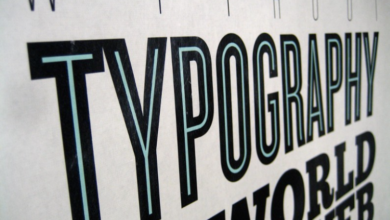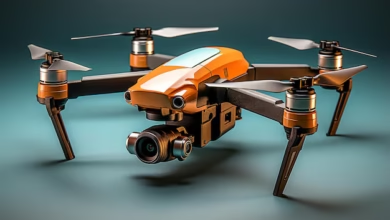Best AI Tools for Enhancing Your Small Business Marketing Efforts

Small businesses often operate on tight budgets and limited time, making it essential to find ways to maximize impact with minimal resources. Artificial intelligence (AI) tools have become powerful allies in marketing, helping small businesses streamline workflows, personalize outreach, and boost visibility. The best part? Many of these tools are affordable and designed to be user-friendly, even for those without technical expertise.
Here are the best AI-powered tools that can transform your small business marketing strategy.
1. Jasper: AI-Powered Copywriting
Writing engaging copy consistently can be exhausting for small business owners. Jasper is an AI writing assistant that generates ad copy, blog posts, email sequences, and social media content in seconds.
A unique feature is its tone customization, allowing you to adjust your messaging to be friendly, professional, or persuasive depending on your audience. For small businesses without dedicated copywriters, Jasper saves time while maintaining brand voice.
2. Lately: Smarter Social Media Scheduling
Social media requires consistency, but coming up with content daily is a challenge. Lately uses AI to analyze your past content and automatically repurpose it into new posts.
This means a single blog post can be transformed into dozens of social updates tailored for different platforms. For small businesses, it’s a time-saver that ensures every piece of content gets maximum reach and engagement.
3. Surfer SEO: Optimize Content with Data
Visibility online is crucial, and that means creating content that ranks well. Surfer SEO uses AI to analyze top-performing pages and provide actionable suggestions for keyword usage, content structure, and readability.
Small businesses can use it to fine-tune blog posts and landing pages so they appear higher in search results. By focusing on data-backed strategies, Surfer SEO helps level the playing field against larger competitors with bigger marketing teams.
See also: The Evolution of Smart Wearables: How AI Is Enhancing Fitness Tech
4. Seventh Sense: Smarter Email Marketing
Email remains a cornerstone of digital marketing, but sending emails at the wrong time often means missed opportunities. Seventh Sense uses AI to analyze subscriber behavior and deliver emails at the exact times individuals are most likely to open them.
This hyper-personalized approach improves open rates and conversions without requiring extra effort. For small businesses, it ensures that every campaign works harder without increasing workload.
5. Chatfuel: AI Chatbots for Customer Engagement
Customer engagement doesn’t stop after office hours, which is where Chatfuel comes in. This AI-powered chatbot platform allows small businesses to automate customer interactions on websites and social media.
Chatfuel can answer FAQs, collect leads, and even direct customers to the right products or services. The automation saves time for staff while providing instant support, improving both customer satisfaction and conversion rates.
6. Canva Magic Design: Visuals with AI Assistance
Visual branding is essential, but not every small business has an in-house designer. Canva’s Magic Design feature uses AI to generate social media graphics, presentations, and marketing visuals based on your uploaded content.
You can start by adding a photo or text, and the tool instantly suggests layouts and designs. This makes it easy to create polished, on-brand visuals without advanced design skills. For small businesses, it’s an affordable way to maintain a professional image online.
📊 FAQ: Infographic Design for Small Business Marketing
Infographics are one of the most effective ways to simplify complex information and present it in a visually appealing way. For small businesses, they can be used in blog posts, social media, presentations, and even pitch decks. Below are answers to common questions about infographic design for marketers.
Why are infographics valuable for small business marketing?
Infographics help break down complex topics into digestible visuals. They’re shareable, easy to understand, and often perform well on platforms like LinkedIn, Instagram, and Pinterest.
Which tools are best for creating infographics without design skills?
Beginner-friendly tools like Canva, Piktochart, and Adobe Express are excellent choices. Each provides templates and drag-and-drop features that make designing quick and simple.
What features should I look for in an infographic design tool?
Look for tools that offer customizable templates, access to stock graphics, and easy export options. Collaboration features are also valuable if multiple team members contribute to your marketing.
How can I keep my infographics consistent with my brand?
Most infographic tools allow you to upload your brand colors, fonts, and logos. This ensures every piece of visual content feels cohesive and aligned with your overall branding.
Which tool is best for fast infographic creation?
If speed is important, Adobe Express is a standout. You can easily generate infographics in minutes, making it perfect for small businesses that need high-quality visuals quickly.
AI tools are no longer just for big companies — they’re accessible, affordable, and designed with small businesses in mind. From Jasper’s AI-driven copywriting to Canva’s Magic Design visuals, these platforms empower small businesses to market smarter, not harder.
By combining automation, personalization, and strong visuals like infographics, small business owners can grow their reach, improve customer engagement, and compete more effectively in today’s digital landscape.





